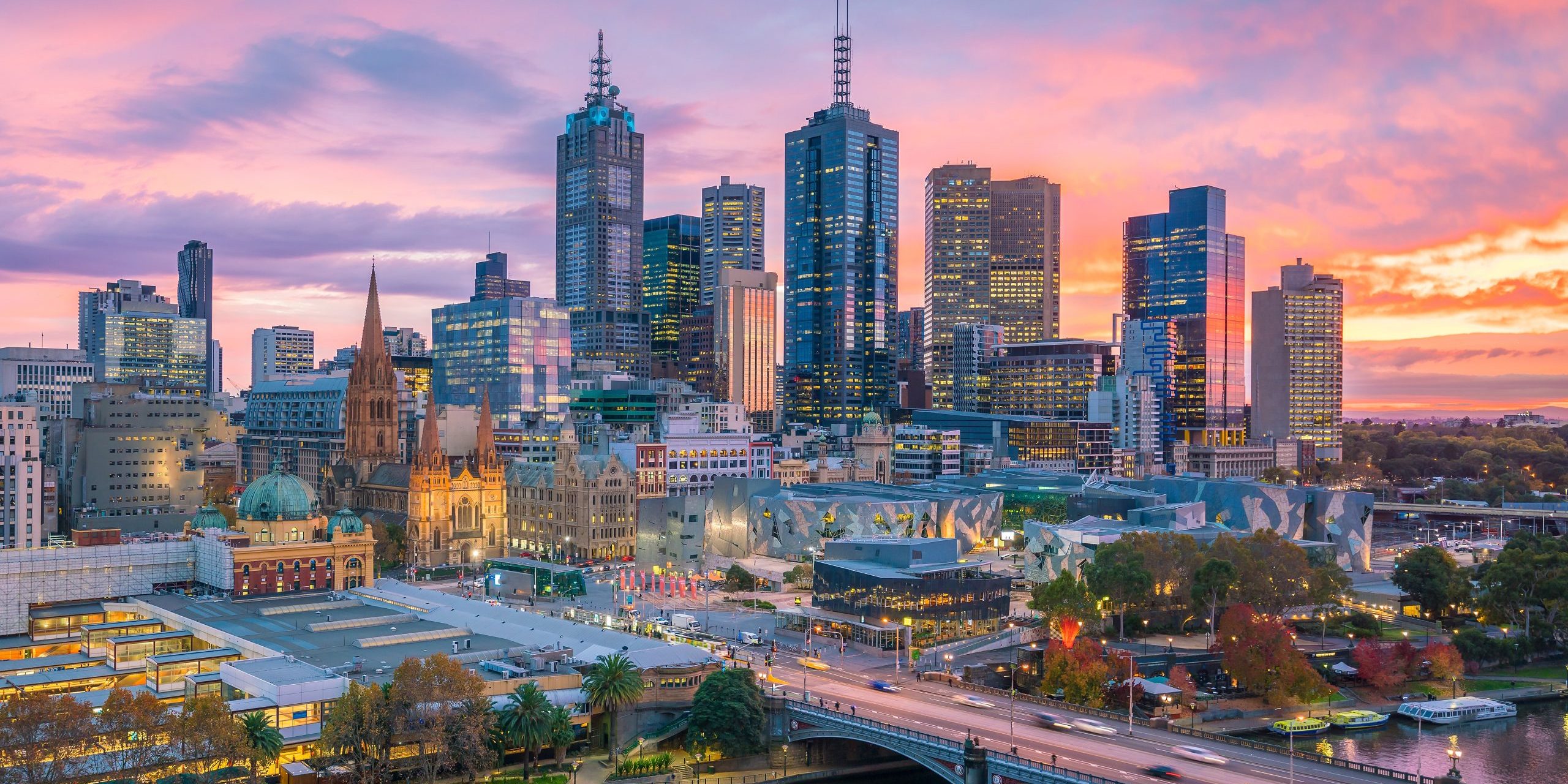Published
August 22, 2023
The real estate market in Melbourne has always been a topic of interest for both local and international investors. As we look toward 2024, the city’s property market continues to captivate attention, offering a dynamic and potentially rewarding landscape for those looking to invest.
In this article, we aim to provide you with a comprehensive overview of the current state of the Melbourne property market, the key factors influencing it, and the potential growth prospects it holds for investors.
Current State of Play
Over the past few months, the property prices in Melbourne have displayed resilience and stability. While there have been slight fluctuations, experts predict a positive trajectory for property prices in the near future. This prediction is supported by the continued interest from buyers and investors, both domestic and foreign, looking to secure their place in Melbourne’s real estate market.
The demand for property in Melbourne remains robust, driven by various factors. The city’s reputation as a cultural hub, educational epicentre, and thriving business environment has contributed to a consistent influx of people looking to call Melbourne home.
Despite the consistent demand, Melbourne has been facing a supply shortage in its property market. According to The Urban Developer, this scarcity can be attributed to factors such as urban planning regulations, land availability, supply chain issues and construction challenges. As a result, the supply-demand gap has led to a competitive market, with properties often receiving multiple offers, further driving the upward trend in prices.
Factors Affecting the Melbourne Property Market
Economic Factors
The performance of the Australian economy plays a significant role in shaping the Melbourne property market. A thriving economy often translates to increased employment opportunities and higher disposable income, encouraging more people to enter the property market. Conversely, economic downturns can lead to cautious investor behaviour and potential declines in property values.
Demographic Factors
Melbourne’s population is undergoing significant changes, with an increasing number of both local and international residents. The city’s reputation as a melting pot of cultures, combined with its educational institutions and job opportunities, has attracted a diverse range of individuals and families. This demographic shift is anticipated to maintain the demand for housing, supporting the property market’s stability.
Government Policies
Government policies, particularly those related to taxation, incentives, and zoning regulations, can exert substantial influence on the property market. Investors should stay informed about any potential policy changes that could impact property ownership, rental income, or capital gains taxes.
Keeping a close watch on these policy shifts will provide valuable insights into the future of the Melbourne property market.
Low Vacancy Rates
Melbourne’s vacancy rate rose for the first time in four months to 0.9% in April 2023. This indicates a renewed strength of the rental market and the mismatch between supply and demand. According to Domain, Melbourne continues to see the greatest annual fall in rental listings of the capitals, down 53.9% annually and at an all-time low for April. For the third consecutive month, Melbourne continues to see a tighter rental market than Sydney.
Strong Rental Market
Melbourne’s rental market remains highly active, thanks to population growth, overseas migration and young professionals, and families seeking rental accommodations in inner-city suburbs. This provides investors with the opportunity to generate consistent rental income and potentially favourable yields.
Data from Domain suggests it has never been harder to find a rental in Australia, with the vacancy rate and number of properties available for lease falling to record lows.
Further to that, apartment prices have continued to appreciate in Melbourne over the past decade. In June 2022, the city registered a median apartment price of $630,000, higher than Brisbane, Adelaide, and Perth.
What does the future look like for Melbourne-based investors?
The future for Melbourne-based investors holds promising potential. Several factors contribute to this positive outlook:
Infrastructure Development
Melbourne continues to invest in infrastructure development, including transportation, healthcare, and education. These enhancements not only improve the overall quality of life for residents but also enhance the attractiveness of the city for potential property buyers and investors.
Urban Renewal Projects
Various urban renewal projects are in progress, revitalising neighbourhoods and increasing the appeal of specific areas. These projects often lead to increased property values in the surrounding regions, making them prime investment opportunities.
Australia’s largest urban renewal project, Fishermans Bend, covers approximately 480 hectares in the heart of Melbourne and connects the CBD to the bay.
It is expected that by 2050, Fishermans Bend will be home to approximately 80,000 residents and provide employment for up to 80,000 people.
Population Growth
City of Melbourne forecasts that by 2041 the number of people living in the City of Melbourne is expected to double and reach over 308,000. This ensures that new apartment developments will be in high demand as CBD residents benefit from proximity to office space, amenity, parks and public transport within walking distance.
Key Takeaways
The Melbourne property market is poised to offer investors a range of opportunities in 2024. With favourable demand-supply dynamics, supportive economic factors, and ongoing urban developments, the city remains an appealing destination for real estate investment.
As you consider entering this dynamic market, we encourage you to conduct thorough research and seek advice from property investment advisors and qualified real estate professionals to make informed investment decisions.
Far East Consortium has contributed to Australia’s skylines for almost 30 years. Take a look at our latest development projects across the country’s busiest cities.
SIGN UP TO STAY UP TO DATE
